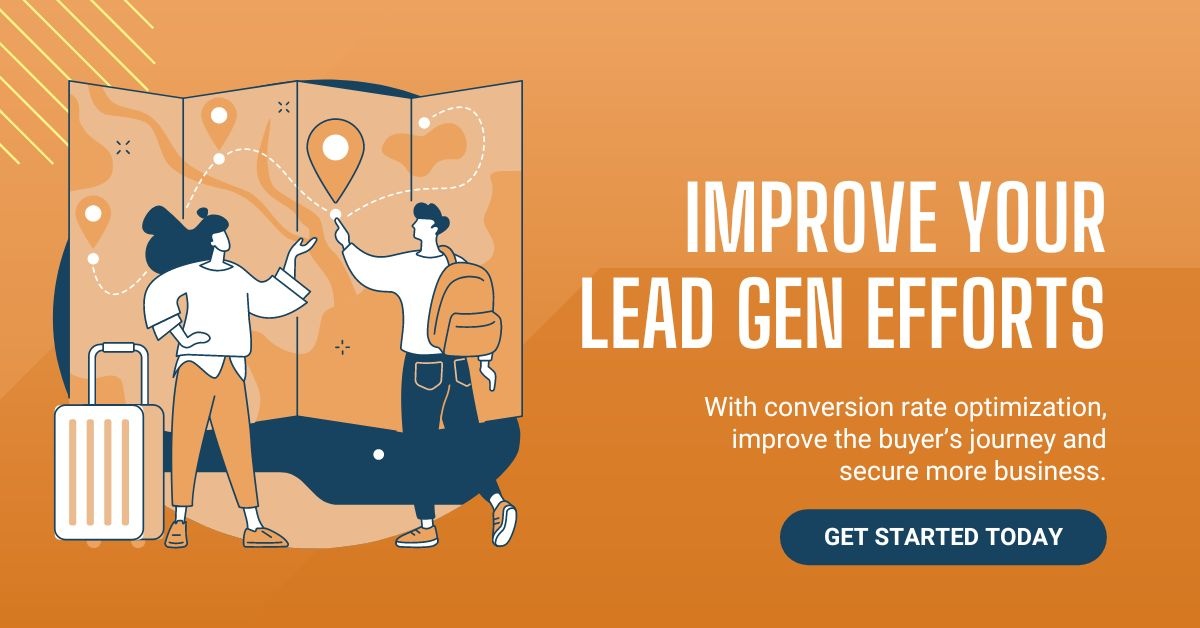Did you know that 89% of B2B researchers use the internet during the B2B research process?
That means—in today’s digital-centric world—your website is more important than ever, no matter the industry.
While many companies in the manufacturing industry, in particular, have fallen victim to the “if it isn’t broke, don’t fix it” mantra, there are several ways they can optimize their websites to boost traffic, gain leads, and grow revenue. We list a few key tactics below.
1. Practice search engine optimization
Search engine optimization, or SEO, is the practice of capitalizing on keywords to drive users to your website. These keywords can be used in the body copy, titles, meta descriptions, and tags across your website’s products, blog posts, news articles, and more.
First, there are several tools you can use to grade your website’s SEO performance. A few of these include:
If your SEO isn’t up to par, you can gather keyword data from various resources. Some include:
The top keywords you discover can then be used as direction for the type of content you should be creating. You can also add these keywords to your existing website content to help boost its search engine ranking. Remember that relevant keywords change just as often as consumer behaviors and patterns. We recommend incorporating keyword research into your content marketing plan to ensure everything on your website resonates with your audiences. In short, instead of treating your website like a static product brochure, treat it as a living, ever-changing entity.
🔥 Pro tip: Don’t forget: Add photos to your posts wherever you can. Imagery and accompanying alternative text can help improve your SEO. For manufacturers, products pose a great opportunity to showcase imagery.
2. Curate honest, consumer-focused content
There’s no doubt that content is key when it comes to establishing yourself as an industry thought leader and building consumer trust.
But how can you get started?
In Marcus Sheridan’s They Ask, You Answer: A Revolutionary Approach to Inbound Sales, Content Marketing, and Today’s Digital Consumer, he suggests identifying your customers’ top pain points and questions.
Use this information to regularly publish honest content that answers those questions and provides solutions for those challenges. Though this content may not always focus exclusively on your company or services, your transparency will resonate with readers and help build trust with them. It’ll also stand out to them—and search engines—if your competitors refuse to address these pain points.
🔥 Pro tip: Acknowledge your competitors instead of pretending they don’t exist. This is an opportunity to present your company as an unbiased resource for prospects and customers.
3. Procure leads with landing pages
Believe it or not, nearly one in 10 people who make it to a landing page become potential customers or leads.
You’re probably asking: What is a landing page? According to HubSpot, it’s a specific page on your website where you collect a visitor's contact information in exchange for a resource, like an e-book or guide.
If you don’t already have a high-value resource to share, you can use the tools above to determine what your customers are asking about most and what keywords they’re using to find that information. Use that data to create the resource, which can then be presented via a landing page.
🔥 Pro tip: If you haven’t seen a landing page before, check out this one from Ready North, created for an e-book titled “15 Proven Marketing Strategies for Manufacturers To Win New Customers.” While you’re on the page, download it for free!
Source: Ready North
4. Prioritize efficient communication
During the research phase, customers have questions—and they want answers now.
Integrating chatbots on your website is an effective way to quickly answer customers’ questions, all while building trust.
Moreover, HubSpot found that 47% of people are willing to buy products using a chatbot. When using chatbots, they appear on a page as a widget that customers can click to begin a conversation (see screenshot below).
Source: HubSpot
HubSpot offers two options for your chatbot: You can either set up automated responses for customer questions or connect a visitor with a member of your team as soon as they start a conversation.
🔥 Pro tip: To optimize your chatbot usage, you can also create a bot via HubSpot for your Facebook Messenger account.
5. Keep your website simple
Unlike a brochure riddled with boxes of unorganized information, ensure your website is clean and easy to navigate. This includes your mobile site.
Why is this important? According to HubSpot, 53% of customers will abandon an online purchase if they can't find a quick answer, and 57% won't recommend a business with a poor mobile experience.
Take the Hynes Industries website, for example. The manufacturer’s previous website (pictured below) featured a clunky homepage that lacked organization. Its navigation menu included numerous dropdown menu items—some of which provided information about products the company no longer sold.
The Hynes Industries website before its website redesign.
Following a redesign, the new website (pictured below) incorporated a simpler menu navigation and streamlined, digestible content across the homepage.
The Hynes website post-redesign. Can you spot the chatbot?
🔥 Pro tip: While keeping your website simple and concise is important, don’t forget to include compelling imagery and calls to action to help engage your audience.
Unlock Your Website's Full Potential
Does your website need to be optimized, but you’re not sure where to start? Our team can help! Through our conversion rate optimization services, we’ll work with you to identify why users aren’t converting, why conversions have dropped, and solutions to fix the issue(s)—so that you can worry about securing more business.

%20Logo_BlueOrange_Trademark.png?width=800&height=269&name=Ready%20North%20(RN)%20Logo_BlueOrange_Trademark.png)




.jpg?width=300&name=Services%20Hub%203%20(3).jpg)



COMMENTS